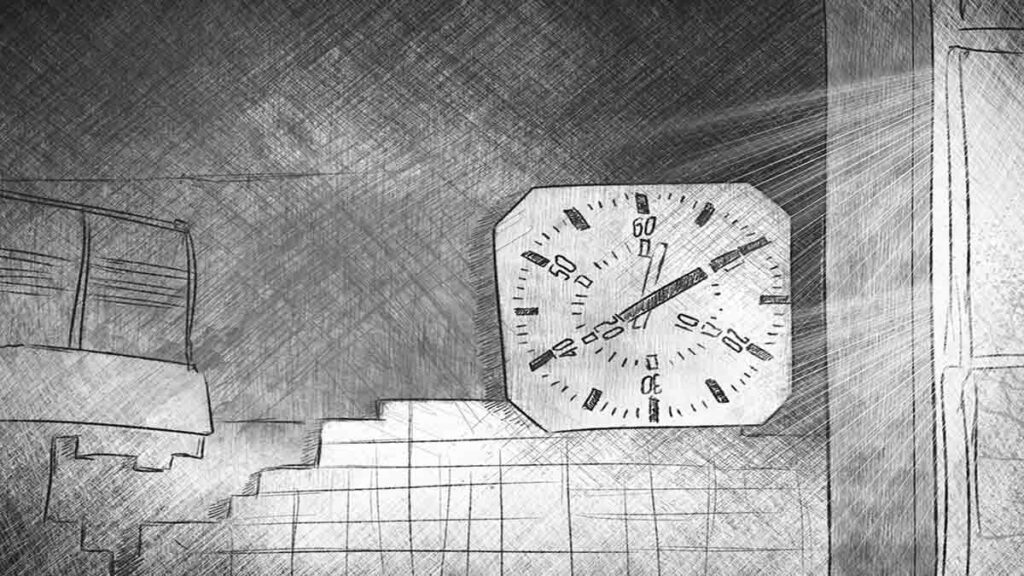
The verdict of the 2nd All-Union Scientific and Technical Conference, which summed up the preliminary results of the work to eliminate the consequences of the Chernobyl accident, was such: “The development of economic activity in the 30 km Chernobyl Exclusion Zone will improve soil decontamination and obtain useful agricultural products”.
What motivated such conclusions and why, then, in 1990, did the participants in this sensational meeting recognize this conclusion like the only expedient solution that could restore the lands of Chernobyl to its natural state?
Vast areas of land were contaminated as a result of the Chernobyl accident. The situation with the state of the land was complicated with each subsequent year after the accident by the fact that radioactive elements deepened more and more into the soil. This threatened the irrevocable loss of land and the spread of radionuclides with surface and groundwater outside the zone of “tight control” and further in the Dnieper river basin.
Passive monitoring of the development of diffusion processes as a result of water and wind erosion, as well as unauthorized activities of people, began to lead to the expansion of contaminated territories. It was possible to slow down these phenomena only by effectively “weaning” the radioactivity by means of strict decontamination and phytodeactivation.
Otherwise, approximately 1% of cesium and 4% of strontium per year would begin to flow into the Dnieper by surface runoff and then to people who were somehow connected with the river. The task was not simple, since the pollution was not homogeneous throughout the territory and had different densities – contamination with radionuclides exceeded the norm by tens of hundreds of times in certain areas of 200 m2.
The materials of the 2nd All-Union Scientific and Technical Meeting literally stated the following: “The first priority of any decontamination enterprise should be the creation of a buffer zone along the resettlement border in order to reduce and prevent the release of radioactivity beyond its borders.
Therefore, it is urgent to develop agricultural activities in order to systematically clean the farmland of the exclusion zone – wherever it`s possible. At the same time, it is necessary to look for such methods of decontamination that would make it possible to simultaneously obtain agricultural products at relatively low cost means”.
Scientists were fully and completely connected to the implementation of these requirements. Feasibility studies were developed, which proved that, subject to certain requirements, it was possible to obtain environmentally friendly products even in contaminated areas that had an unlimited sales market, as in our country abroad.
Scientists insisted that seed production, fur farming and a number of other areas could provide useful products that meet all radiation safety standards. Not only, scientists assured, such activity was not only possible, but also necessary in order to gradually reduce the content of strontium and cesium in the earth. Phytodecontamination experiments with the utilization of the earth’s mass proved that in 3-5 years it is possible to halve the content of radionuclides in the soil.
This is important to do throughout the 30 km Exclusion Zone to reduce the surface runoff of radionuclides into the Dnieper reservoirs. Scientists cited in evidence that when the fall in the cascade of reservoirs of radioactive elements by at least 10-20%, the collective dose to the population decreases by about 5-10 million man-rem per year, so the damage is reduced in the same amount.
The biomass obtained as a result of agricultural activity was recommended to be burned and carried out subsequent burial, or put on fodder protein according to a special technological procedure. But appropriate settings are needed for such work.
Agriculture in the Exclusion Zone
Scientists believed, not without reason, that the time had come to create special enterprises for the deployment of agricultural work in the Exclusion Zone with the aim of deactivating its vast territory and producing commodity products. In any case, preliminary estimates of the possible radiological consequences of such an activity spoke in its favor. It is important that the methods and modes of phytodecontamination proposed by scientists in large areas were more effective than simple decontamination.
The bottom line is that at the same time it was possible to produce the necessary agricultural products and thereby, reduce the total dose of radiation exposure due to water retention. Thus, two areas were combined – the decontamination of the “tight control” zone and agricultural activities, subject to unconditional compliance with radiation safety requirements.
For these purposes, it was planned to create a support unit at the USSR Academy of Sciences for the development of methods, methods and technologies for conducting large-scale decontamination operations in radiation-affected areas. The ultimate goal of its activity was to return wild Chernobyl lands to unlimited use of nature.
In addition, even having grown the crop, taking into account all the necessary (note – not cheap) technical requirements, you need to go through a lot of checks again to determine in which part of the plant the greater amount of radionuclides is concentrated – root, stem or leaves? This is necessary in order to understand what can be taken from the field and what should be left thereafter harvesting. As it turned out, we have not been ready for such expensive agricultural experiments yet without support from the corresponding state subsidies.
Years have passed and today everyone knows the further fate of such experiments. Subsequent laboratory and field studies have shown that the cost of such an activity, subject to all safety standards, is not very cheap. And if from a scientific and environmental point of view, they are productive, then from an economic point of view – not quite. In any case, not every farmer agrees to grow at a loss, for example, rapeseed or fodder beets in the Chernobyl zone.